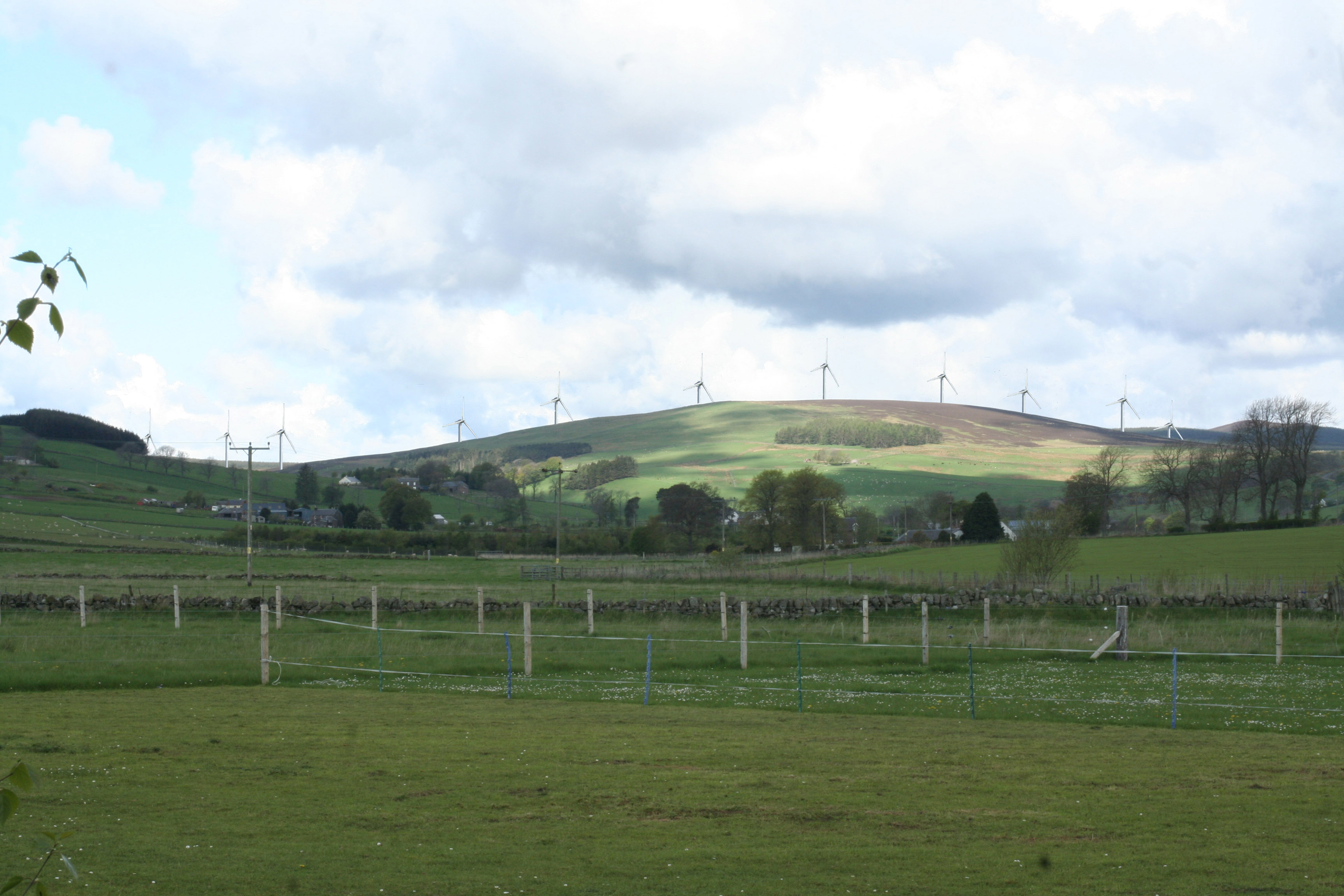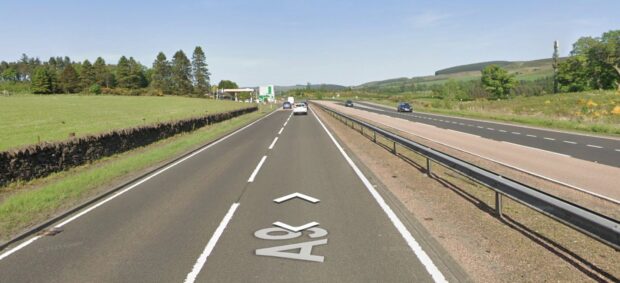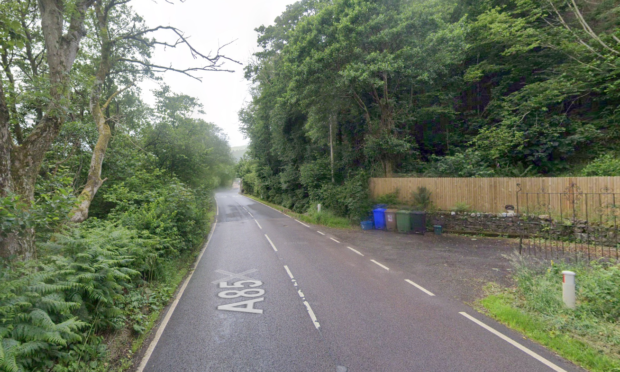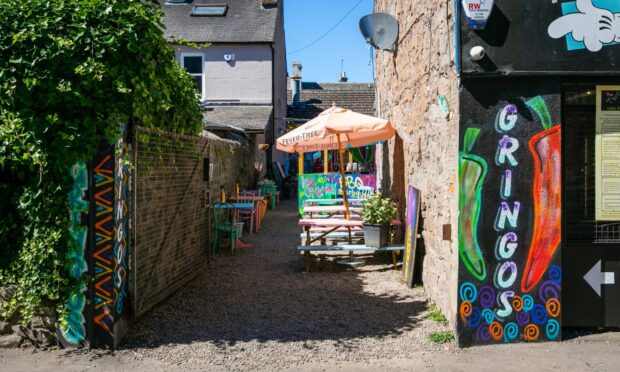A controversial windfarm proposal which straddles the boundary of Perth and Kinross and Angus has been dealt another major blow.
Councillors will be recommended on Wednesday to reject the application for a 14 turbine development at Black Hill, Glen Isla – following the lead of their counterparts on Angus Council.
They refused the application when it came before them in March after a storm of protest against the “industrial scale” Saddlehill windfarm which objectors claimed would destroy the tourist attraction of Glen Isla to visitors.
The developers Wind Prospect said the £45 million Saddle Hill scheme would have provided enough power for a fifth of the homes in Angus and deliver a £4m community bounty over the next 25 years.
Angus councillors backed the refusal recommendation of their officials after hearing the 115-metre high turbines, eight of which fell within their boundary and six within Perth and Kinross, would be visible from Perth, the Sidlaws and the Angus Munros.
Now Perth and Kinross Council’s development management committee are being asked to follow suit.
A report before the committee from development quality manager Nick Brian notes that the application had attracted a number of representations both for and against the proposals.
A total of 378 letters of objections had been received on grounds including unacceptable design, being out of scale and the impact on the landscape character of the Cairngorms and Glen Isla.
Other points raised included the visual impact on tourist walking routes and concerns over damage to the ecology and protected species.
Those backing the proposal – 123 letters of support were received – said it would contribute to renewable energy targets, reduce electricity bills, provide employment and generate financial benefits for the community.
Mr Brian is not convinced by the merits of the application and recommends that councillors refuse the application which “by virtue of the location, dominance, scale and layout of the proposed windfarm would result in unacceptable adverse landscape impacts”.










